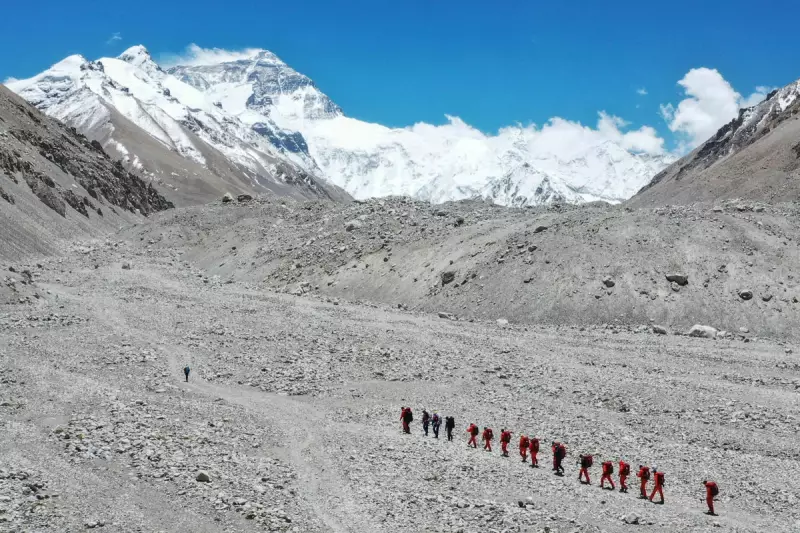
In a move that's raising eyebrows across the international community, China has extended its vast surveillance network to the world's highest peak, installing advanced CCTV cameras on Mount Everest that can monitor activity on both the Chinese and Nepalese sides of the mountain.
The Height of Surveillance
The newly installed cameras represent a significant escalation in Beijing's monitoring capabilities, positioned at the Base Camp on the Tibetan side of Everest at approximately 5,200 metres above sea level. According to Chinese state media, these cameras are equipped with optical technology powerful enough to identify individuals and track movements across the mountain's treacherous terrain.
While Chinese authorities claim the surveillance serves legitimate purposes including disaster prevention, rescue operations, and environmental protection, critics argue it represents another concerning expansion of China's already extensive monitoring apparatus into sensitive border regions.
Geopolitical Implications
The installation comes amid growing tensions between China and Nepal over border security and mountaineering regulations. The cameras' ability to monitor the Nepalese side of Everest has particularly raised concerns about sovereignty and the potential for intelligence gathering under the guise of safety measures.
Regional security experts have noted that this development fits a pattern of increased Chinese activity in border areas, where surveillance infrastructure often precedes other forms of strategic positioning.
Mountaineering Community Reaction
The climbing community has expressed mixed reactions to the news. Some veteran climbers acknowledge potential safety benefits, particularly given Everest's notorious reputation for accidents and overcrowding during peak climbing seasons.
However, others worry about the privacy implications and the potential for increased Chinese control over climbing activities on what many consider should remain a shared global treasure rather than a monitored border zone.
"The mountains have always represented freedom and adventure," noted one experienced Himalayan guide who requested anonymity. "Turning them into another monitored space changes that fundamental relationship."
Technical Capabilities and Limitations
Chinese engineering teams have reportedly overcome significant technical challenges to install and maintain the surveillance equipment in one of Earth's most extreme environments. The systems are designed to withstand temperatures dropping to -30°C and operate reliably in the thin air of high altitude.
However, questions remain about the practical effectiveness of such surveillance given Everest's frequently severe weather conditions, which often include heavy cloud cover, blizzards, and high winds that could limit camera functionality.
As China continues to expand its surveillance footprint into increasingly remote and strategically significant locations, the world watches with growing concern about the balance between security and freedom in some of the planet's last wild spaces.





